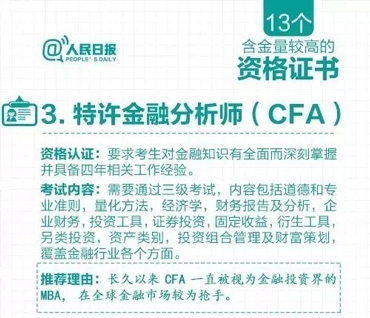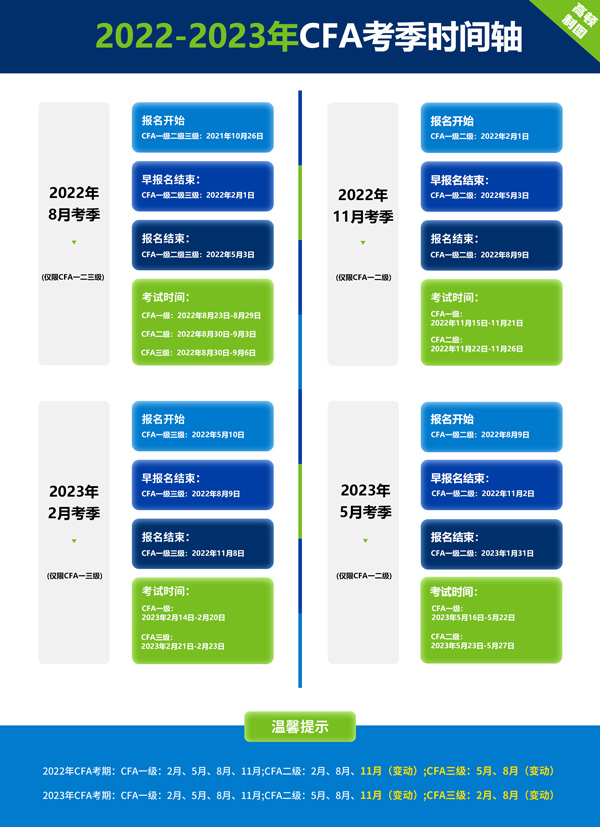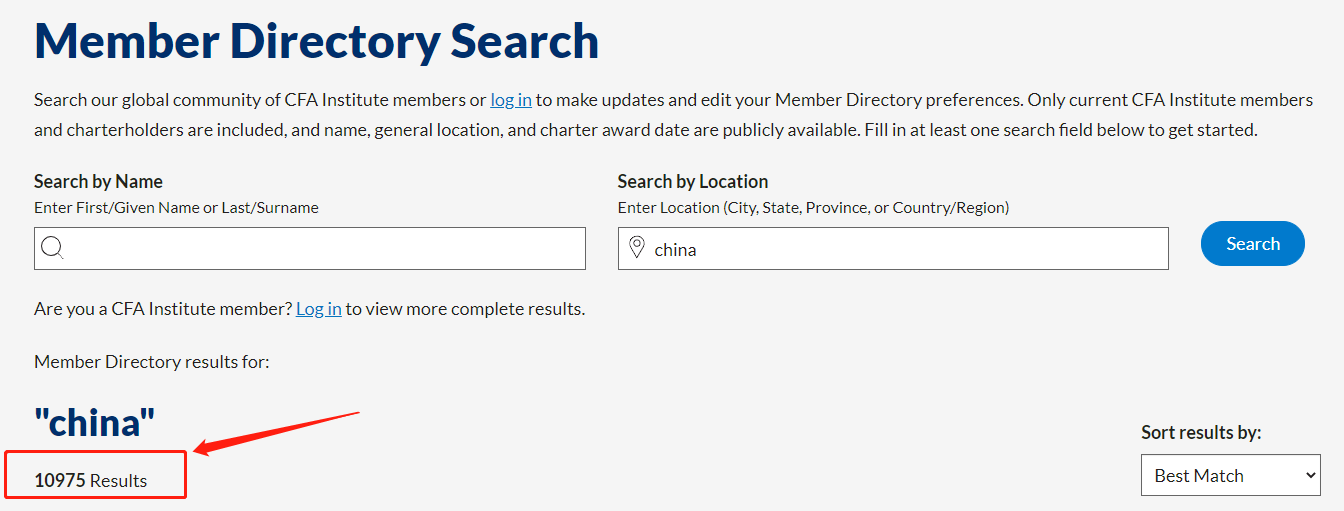 Stephen Campisi, CFA,
Stephen Campisi, CFA,
head of institutional thought leadership at US Trust, presented goals-based performance analysis as a radical departure from the usual attribution approach at the 2014 European Investment Conference. Campisi believes goals-based performance analysis is a vehicle that provides an opportunity to promote change in an organisation — or at least change in the way the organisation thinks — and also differentiate the organisation with the clients.
Why consider this approach? Campisi has looked at the duties to clients captured in the CFA Institute Code of Ethics and Standards of Professional Conduct and other fiduciary concepts, in which a professional has a duty of loyalty to his or her clients and must act with reasonable care and exercise prudent judgement. He concludes that from the perspective of the client, “it is better (for the manager) to be trustworthy than smart.”
Campisi argued that, embracing their fiduciary responsibilities, the manager needs to consider the “client view” when considering risk and return of the assets he or she manages and also how those assets relate to the broader mission and goals of the client. In fact, he believes the traditional ways for a manager to present investment ability and quantify risk and return may not address the client’s needs and point of view.
Campisi used the example of an endowment fund within a private US foundation with its federal 5% payout requirement and the need to balance a requirement to fund that payout with the long-term goal of maintaining the endowment’s value in perpetuity, adjusted for inflation. The risk the foundation has, as the client, is that it cannot meet its goal of payout and maintain the corpus; therefore, its mission is jeopardised. The manager’s view of the risks may be related to volatility, factors, and competition — lagging benchmark or peer group. Campisi suggests that these manager risks are meaningless to the client because they do not relate to the client’s concerns of being able to complete their mission: sustain the necessary level of withdrawals and preserve the corpus with some measure of stability.
When attributing performance, what matters to the client? Campisi stated that the value of the portfolio, the ability to fund the withdrawals regardless of or despite the volatility and liquidity of the market, are key considerations. For the client, additional value beyond that sufficient to meet the mission — the surplus — may need to be protected through a change in investment strategy or moved to a contingency reserve that can be distributed during periods of poorer performance, he added. He believes the analysis needs to accommodate the treatment of the excess that the client requires.
A goals-based approach to management can necessitate different risk definitions and therefore different investment decisions than those from a traditional approach. As an example, Campisi considered that a traditional view of risk, as defined in terms of return volatility, would indicate that greater volatility implies greater risk. In a goals-based approach, where the client’s mission is for 5% to be withdrawn and 3% growth to counter inflation, a strategy that returns 7% is riskier because it fails to meet the client’s goal of an 8% return. The risk is that in the long term the mission is not met.
Campisi expanded the thinking to evaluate results using a goals-based approach. The approach considered how well the manager met the client goals of spending adequacy and preservation of the portfolio, net of inflation. He considered the overall pattern and trends of the results because the client’s concern is to protect the principal while maintaining the distributions.
By tracking the real value net of spending of the portfolio, a value that is above the original amount indicates capital is preserved and the goals have been achieved. This can be a more intuitive representation for the client than a series of returns or any specific measurement of return. Campisi then attributes the value by looking at the total spending, the portfolio value, and comparing this against the necessary spending and the need to protect the capital.
In conclusion, Campisi argued that a goals-based approach to performance analysis for the client needs to be designed to focus on the client’s responsibilities (fiduciary risk as foundation and a holistic view of the portfolio and its part in meeting client’s financial goals); goals (spending and portfolio preservation and growth); and a view of success.




 杂志刊文
杂志刊文
 发布时间:2013-10-27
发布时间:2013-10-27


 复制本文链接
复制本文链接 模拟题库
模拟题库

 221267
221267


























